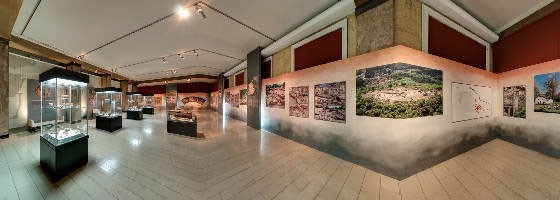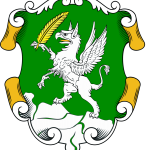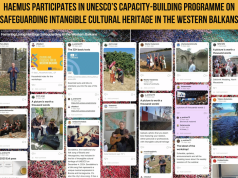
The exhibition “Central Balkan between the Greek and the Celtic world” is still opened for visitors in the Atrium of the National Museum in Belgrade (Serbia), presenting the artifacts discovered after a decade of archaeological explorations at the archaeological site of Kale, in Krševica near the town of Bujanovac.

click on the photo for virtual tour through the exibition
Numerous remains of buildings, furnaces, pottery, as well as parts of unique system of water supply from the 4th century B.C. were found at the surface of 5 acres. The entire necropolis was organized according to Greek models, and it was inhabited during the time of Alexander the Great. Pieces of pottery exhibited in the National Museum are well preserved, and they all have stamps of workshops from across the Aegean, Thasos and the city of Menda in Halkidiki. This site is unique in Europe not only for the traces of the era of Alexander the Great, but also the traces of the Celts were also found here. They lived here by the end of the 1st and the beginning of the 2nd century A.D.
The artifacts found probably at the oldest urban settlement in Europe will be exhibited in the Atrium of the National Museum in Belgrade till 28. February 2013.
Catalogue from the exhibition “Central Balkan between the Greek and the Celtic world”





